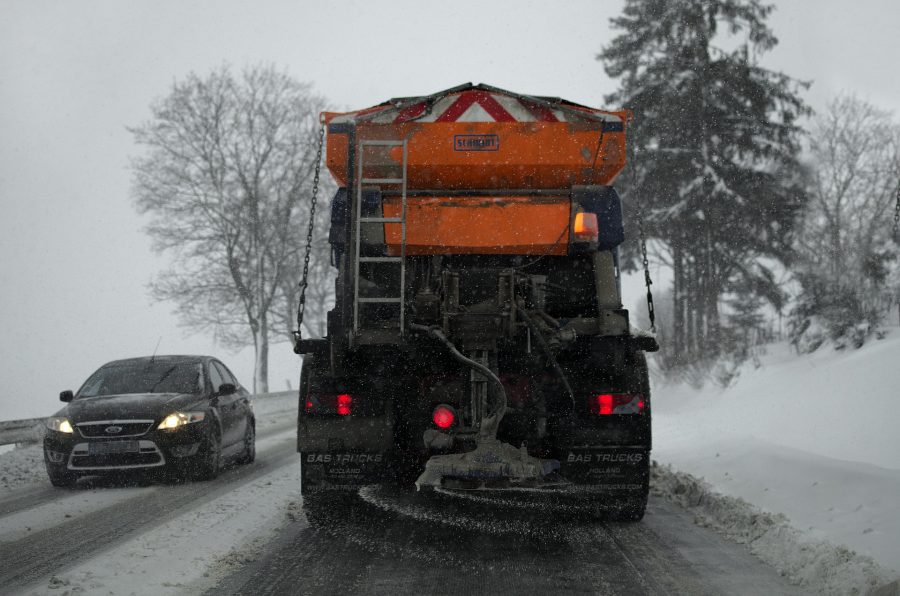California Becomes the First State with Direct Potable Reuse Regulations
By: Victor Chahin
The American Southwest has recently encountered its driest periods in 1,200 years.[1] California, one of the most populous yet driest states in the United States, continuously grapples with exacerbated drought conditions.[2] Over the past decade, the Golden State has witnessed an increase in both the frequency and severity of dry periods in comparison to wet ones, significantly impacting the state’s water supply and reserves.[3]








